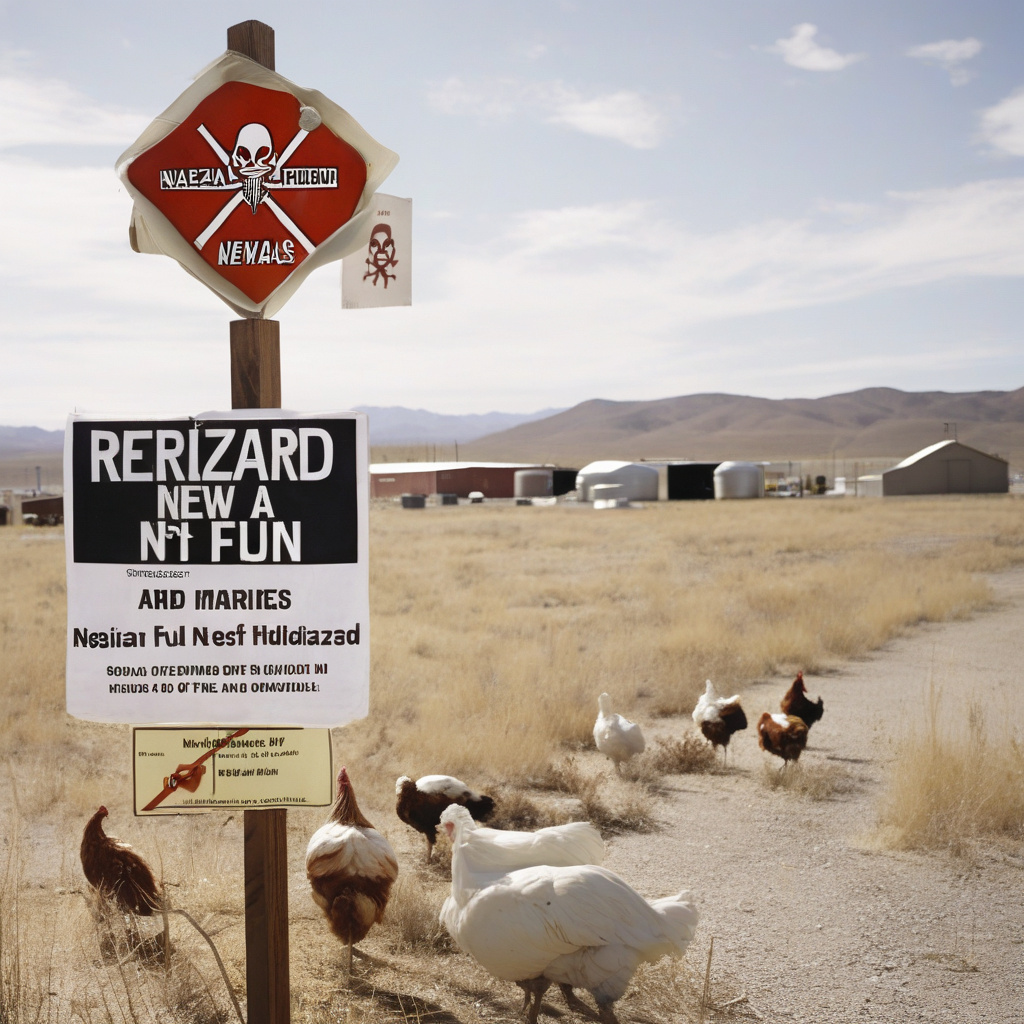Title: H5N1 Bird Flu Strain Detected in Nevada Dairies: Implications and What It Means for Containment Efforts
In a concerning development, a strain of H5N1 bird flu that tragically claimed the life of a Louisiana resident has now been identified in Nevada dairies. This discovery serves as a stark reminder of the ever-present threat posed by zoonotic diseases and the challenges they present in containment efforts.
The finding of the H5N1 bird flu strain in Nevada dairies suggests a new spillover event, where the virus has jumped from birds to humans or other animals. This occurrence not only raises alarms about the potential spread of the virus within animal populations but also highlights the risks associated with zoonotic diseases making the leap to humans.
The implications of this discovery are significant, as the H5N1 virus is known for its high pathogenicity in both avian and mammalian species. Its ability to cause severe illness and high mortality rates in infected individuals underscores the importance of swift and decisive action to prevent further transmission.
Furthermore, the detection of the H5N1 strain in Nevada dairies adds another layer of complexity to containment efforts. With the virus now circulating in domestic animal populations, there is an increased risk of human exposure, potentially leading to more cases of infection and the spread of the disease to new areas.
This development also serves as a sobering reminder of the challenges faced in controlling zoonotic diseases, especially those with pandemic potential. The constant threat of spillover events and the adaptive nature of viruses highlight the need for robust surveillance systems, rapid response mechanisms, and effective communication strategies to mitigate risks and protect public health.
In light of this new spillover event, it is crucial for authorities to intensify monitoring efforts, implement biosecurity measures in affected areas, and enhance public awareness campaigns to prevent further transmission of the H5N1 virus. Collaborative efforts between health officials, veterinarians, and other stakeholders are essential to contain the spread of the disease and safeguard both animal and human populations.
While the detection of the H5N1 strain in Nevada dairies is indeed concerning, it also serves as a call to action for increased vigilance and preparedness. By remaining proactive and coordinated in our response to zoonotic diseases, we can better protect against future spillover events and minimize the impact of potentially devastating outbreaks.
In conclusion, the identification of the H5N1 bird flu strain in Nevada dairies underscores the ongoing threat posed by zoonotic diseases and the critical need for comprehensive strategies to prevent their spread. By learning from this latest spillover event and taking decisive action, we can strengthen our defenses against emerging infectious threats and work towards a safer, healthier future for all.

